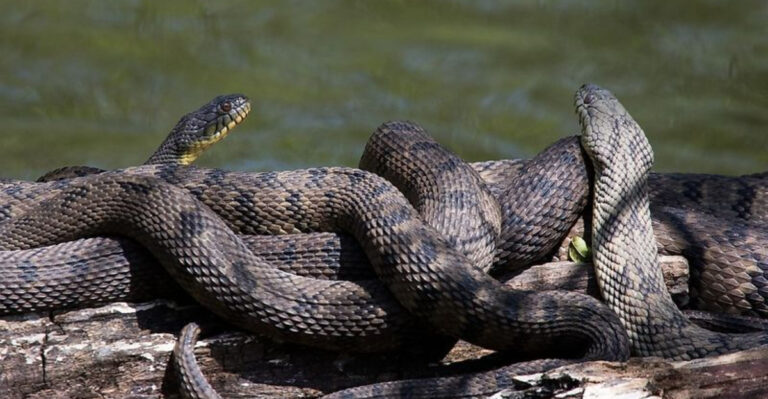Here’s How Hikers Can Avoid Bear Encounters, According To An Expert

Venturing into the wilderness offers breathtaking views and unforgettable experiences, but sharing trails with bears requires preparation and knowledge. Understanding how to prevent bear encounters can mean the difference between a peaceful hike and a dangerous situation.
These expert-backed strategies will help you stay safe while respecting these magnificent but potentially dangerous animals in their natural habitat.
1. Carry Bear Spray As A Precaution In Bear Country

Think of bear spray as your wilderness insurance policy – hoping never to use it but grateful to have it when needed. This powerful deterrent can stop a charging bear in its tracks.
Keep it accessible on your belt or backpack strap, not buried in your pack. Practice drawing it quickly, and always check the expiration date before heading out.
2. Make Noise While Hiking To Alert Bears Of Your Presence
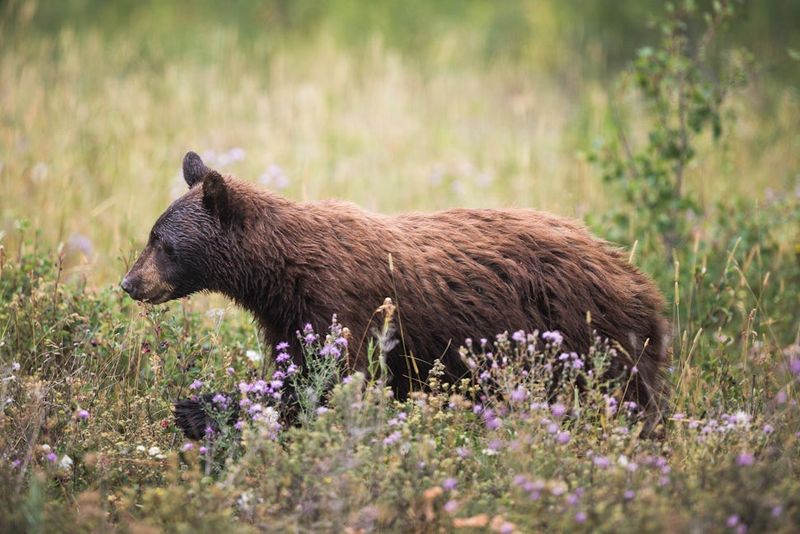
The wilderness isn’t the place for your stealth mode! Clap your hands, sing your favorite trail tunes, or attach bear bells to your pack.
Most bears want nothing to do with humans and will gladly move away when they hear you coming. Surprising a bear, especially a mother with cubs, creates the most dangerous scenarios.
3. Stay On Established Trails To Avoid Surprise Encounters
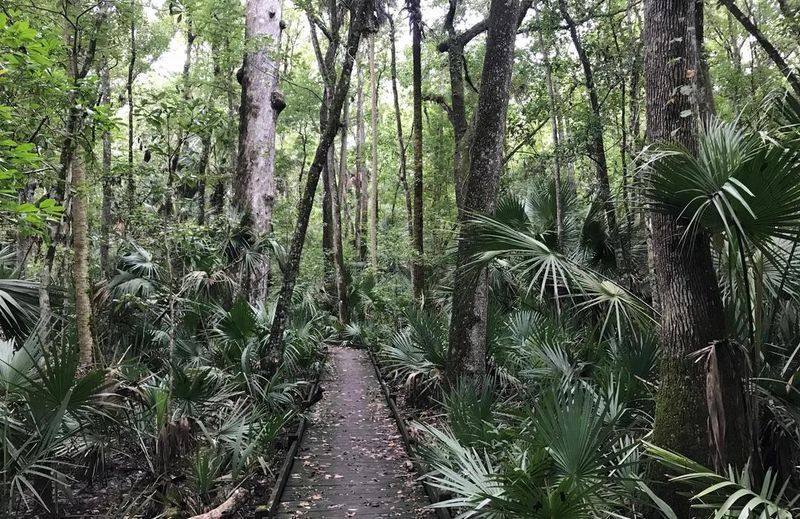
Wandering off-trail might seem adventurous, but it significantly increases your chances of stumbling upon a dining or napping bear. Established paths typically have better visibility and fewer surprise corners.
Bears generally avoid well-traveled human routes. The predictable nature of trails also means other hikers can warn you about recent bear activity they’ve spotted.
4. Keep Your Distance If You Spot A Bear
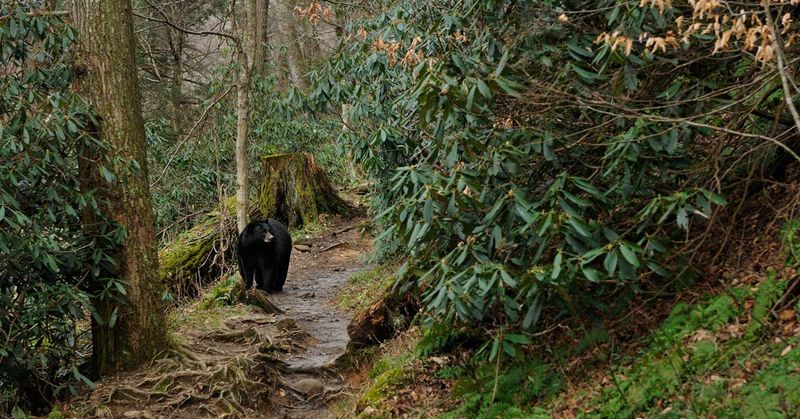
Spotted a bear in the distance? Lucky you – that’s a memory to treasure, from at least 100 yards away! No wildlife selfie is worth risking your safety.
Use binoculars or your camera’s zoom feature instead of moving closer. Remember that bears can sprint at 35 mph, covering ground faster than Olympic sprinters.
5. Never Run From A Bear; It Could Trigger A Chase

Your instincts might scream “run!” but that’s exactly what prey does – and you don’t want to be mistaken for prey. Running can trigger a bear’s chase response, even if it wasn’t initially aggressive.
Stand your ground, speak calmly, and slowly back away while keeping the bear in sight. Your human voice helps identify you as human, not dinner.
6. Store Food Securely In Bear-Proof Containers
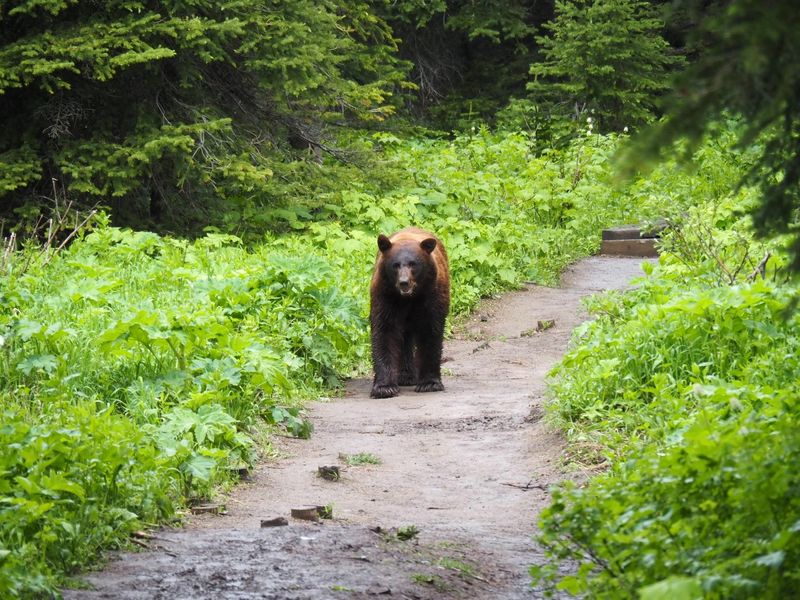
A bear’s nose is approximately seven times more powerful than a bloodhound’s, making your trail mix and energy bars irresistible invitations. Proper food storage isn’t just about protecting your snacks.
Bears that find human food often become “problem bears” seeking it again, leading to dangerous habits. Use approved bear canisters or hanging methods to keep your goodies (and the bears) safe.
7. Avoid Hiking Alone In Bear-Heavy Areas

The buddy system isn’t just for elementary school field trips! Groups create more noise naturally and appear more intimidating to curious bears. Statistics show that solo hikers have more dangerous bear encounters.
Can’t find a hiking partner? Join local hiking groups or check with ranger stations about guided hikes. More eyes also mean better chances of spotting bears before close encounters.
8. Stay Calm And Back Away Slowly If A Bear Approaches
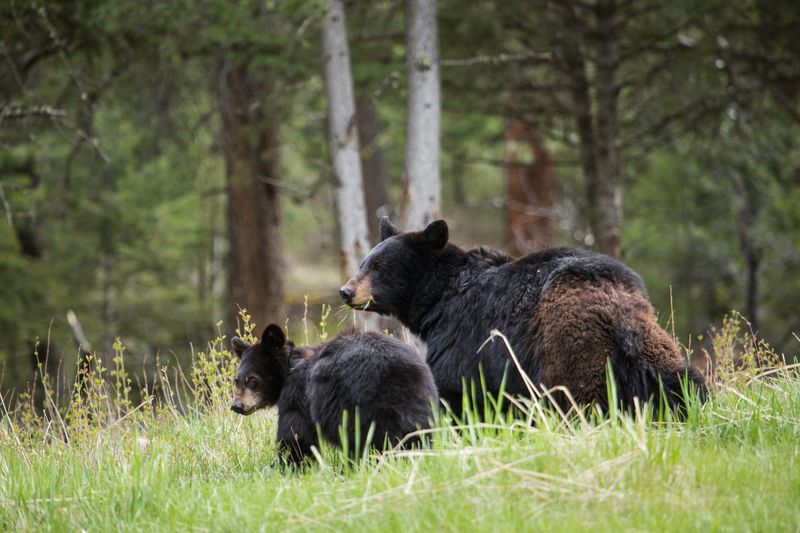
Your heart might pound like a drum solo, but keeping your cool during a close bear encounter is critical. Speak in low, calm tones – not whispers or shouts – so the bear recognizes you as human.
Avoid direct eye contact, which bears may interpret as a challenge. Back away diagonally, never turning your back completely on the animal while maintaining awareness of your footing.
9. Avoid Hiking At Dawn Or Dusk When Bears Are Most Active
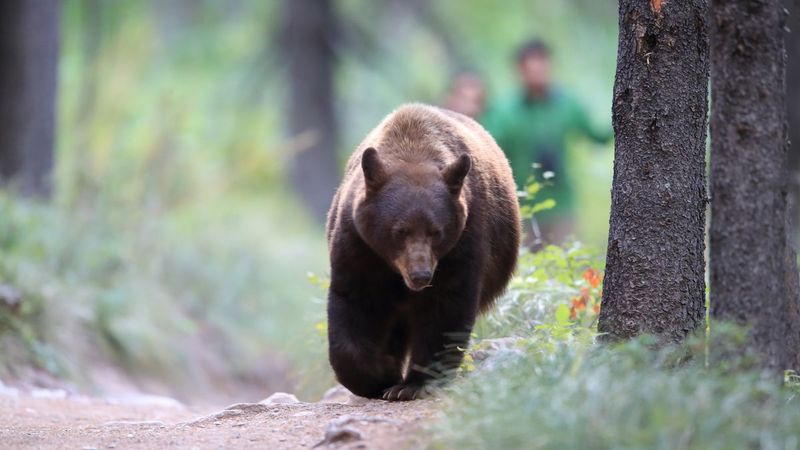
The golden hours might offer spectacular lighting for photos, but they’re prime dining times for bears. Planning hikes during midday reduces your chances of interrupting breakfast or dinner.
Bears typically rest during the heat of the day, making 10 AM to 4 PM generally safer hiking hours in bear country. Bonus: you’ll avoid the low visibility that makes dawn and dusk riskier times.
10. Watch For Bear Tracks And Scat As Warning Signs
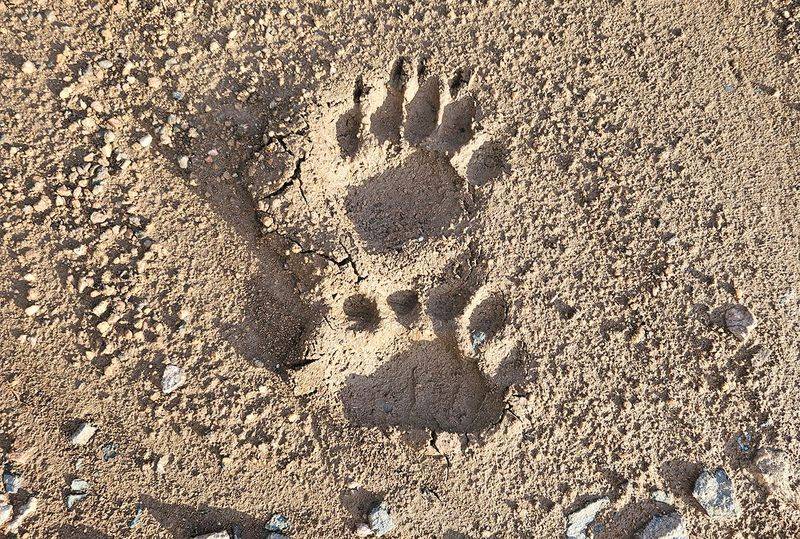
Nature leaves clues if you know what to look for! Fresh tracks (especially with clear claw marks) or steaming scat indicate a bear passed through recently. Other signs include overturned rocks, claw marks on trees, or torn-apart logs.
If you spot multiple fresh signs, consider altering your route. Many parks offer guides to identifying bear signs – study up before your trip.
11. Don’t Leave Trash Or Food Remnants Behind

That apple core might seem biodegradable, but it’s actually bear bait! The “pack it in, pack it out” principle isn’t just good etiquette – it’s critical safety practice in bear country.
Even food wrappers or dishes “cleaned” by licking contain enticing scents. A fed bear often becomes a dangerous bear as it grows accustomed to human food sources and faces potential euthanization.
12. Be Aware Of Wind Direction To Avoid Alerting Bears To Your Scent

Wind can carry your human scent straight to a bear’s sensitive nose long before you’d spot each other. When possible, hike with the wind at your back in bear territory.
This way, your scent blows forward, alerting bears ahead of your approach. Occasionally checking wind direction by tossing a small pinch of dirt or watching leaf movement gives you valuable information about who might smell you coming.



